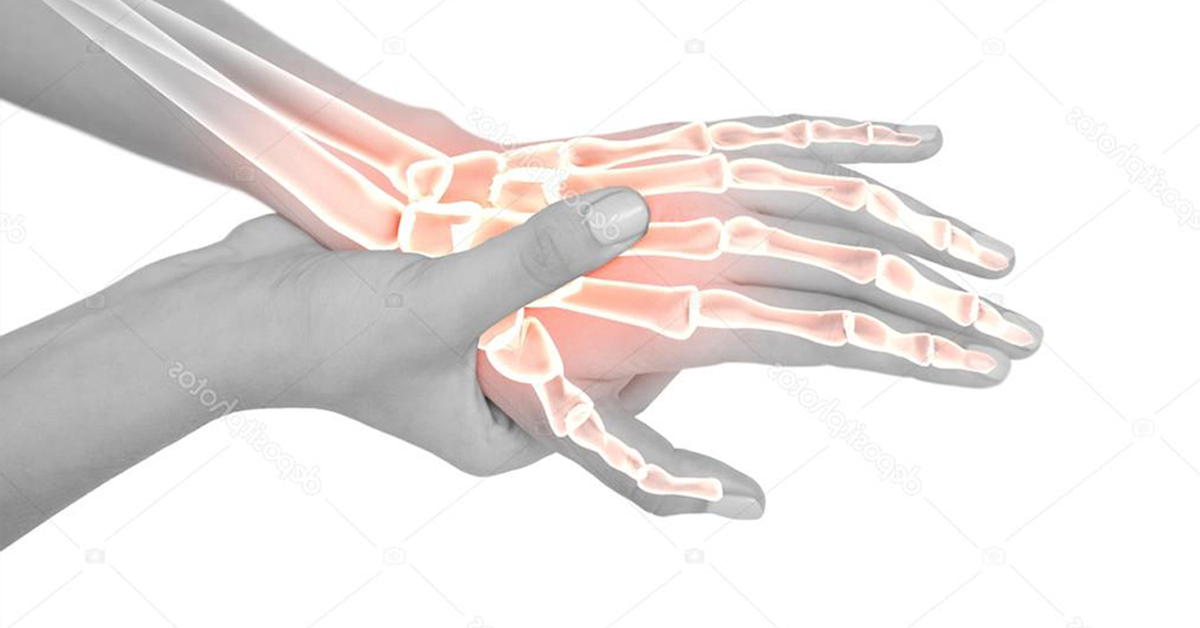
What is Boutonniere Deformity?
Boutonniere Deformity is a condition in which there is a deformity in the finger's middle joint, which is called the PIP joint. In this condition, the PIP joint bends down while the end joint of the finger, called the DIP joint, extends past its normal range.
What causes Boutonniere Deformity?
Your finger's extensor tendon, which is called the central slip, attaches the middle phalanx at the PIP joint while running along the back of your finger. Injury to this tendon usually occurs when a finger is dislocated or flexed toward the palm. This may also occur if the back of the finger near the PIP joint is lacerated. Other causes may include inflammatory arthritis or osteoarthritis, as they can weaken the stabilizing tissue that supports the extensor mechanism. Failure to treat a central slip injury properly and soon after it occurs may result in Boutonniere Deformity.
Symptoms and Diagnosis
Symptoms of this condition may vary depending on its severity. An acute central slip injury may present with tenderness and swelling over the middle joint. If left to become an acute Boutonniere deformity, the PIP joint may become unable to straighten without assistance. A chronic deformity may become fixed and will not straighten.
How is Boutonniere Deformity treated?
Options for treating this condition will vary depending on the severity of the condition. If a laceration, chronic deformity, or severe dislocation has occurred, your condition may require surgery.
